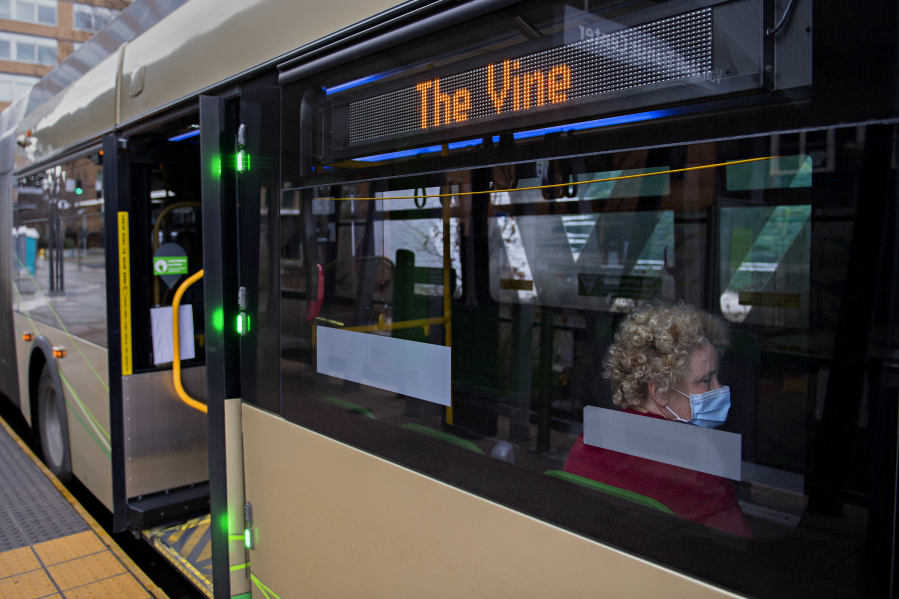When nearly a foot of snow buried the Vancouver area this month, C-Tran CEO Shawn Donaghy was surprised to see that the number of people who relied on public transit barely dropped.
Ridership dipped to about two-thirds of its normal level on Feb. 13, he said, but then rebounded fully by the next day.




